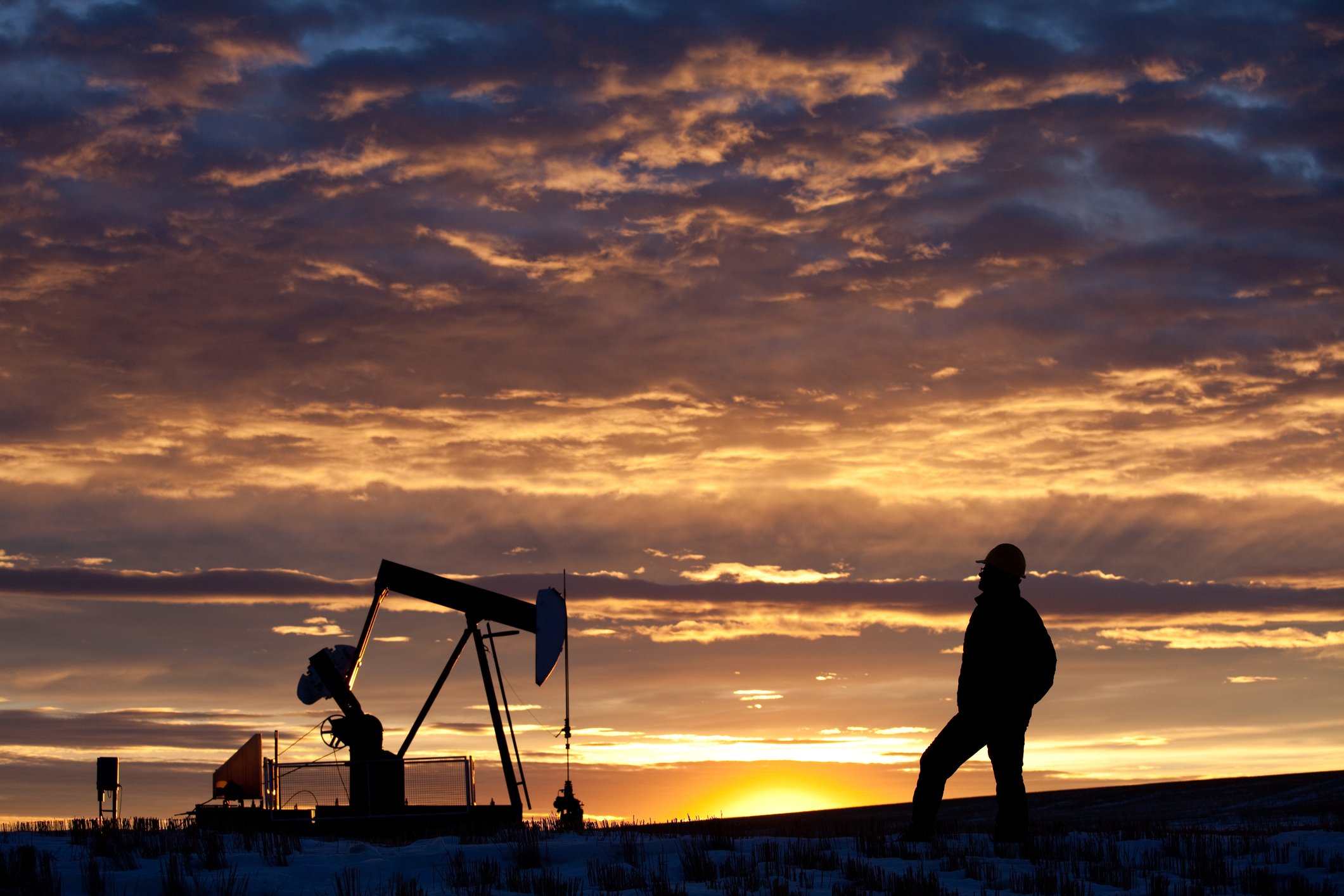The second quarter was one of the most brutal periods in the oil market's history. Demand fell off a cliff as governments shut down their economies to help slow the spread of COVID-19. That forced oil majors like ConocoPhillips (COP 1.00%) to take drastic actions.
While the oil company's moves negatively impacted its results during the period, they enabled it to preserve cash and resource value to take advantage of future opportunities.
Drilling down into ConocoPhillips' second-quarter results
|
Metric |
Q2 2020 |
Q2 2019 |
|---|---|---|
|
Production |
981,000 BOE/D |
1.29 million BOE/D |
|
Adjusted earnings (loss) |
($1.0 billion) |
$1.1 billion |
|
Adjusted earnings (loss) per share |
($0.92) |
$1.01 |
Data source: ConocoPhillips. BOE/D= barrels of oil equivalent per day.
ConocoPhillips' production tumbled 24% year over year during the second quarter. Two factors contributed to the be decline in its output: Asset sales and production shut-ins. After adjusting for asset sales, the drop narrowed to about 18%. Meanwhile, the company shut in an average of 225,000 BOE/D during the quarter due to low prices. Adjusting for that, production would have been about flat year over year.
ConocoPhillips shut in production because low oil prices significantly strained the economics of this production. Overall, the company only realized $23.09 per BOE during the period, which was 54% below the year-ago level. However, its average realized price per barrel of oil was $8.69 in Canada and $19.87 in Alaska, leading it to significantly shut in volumes in both regions.
That combination of low prices and reduced production caused the oil specialist to report a steep $1 billion loss. However, ConocoPhillips did generate about $700 million in cash from operating activities. It also sold $800 million in assets during the period. These cash inflows helped the company finance capital projects and its dividend without draining its cash-rich balance sheet. As a result, it ended with a healthy $7.2 billion of cash and short-term investments.

Image source: Getty Images.
What's ahead for ConocoPhillips?
ConocoPhillips is "monitoring the market closely to develop a view around the timing and path of price recovery and to guide our corresponding actions," according to CEO Ryan Lance. He noted that "as the market strengthened late in the second quarter, we began reversing our second-quarter curtailments and ramping up production across the Lower 48, Alaska, and Canada." As a result, the company had fully restored its Alaskan production during July. It has also started gradually ramping up its output at its Surmount oil sands facility in Canada in July, which will be slowed somewhat by maintenance activities during the third quarter. Meanwhile, it currently anticipates bringing the rest of its U.S. production on line by September, assuming market conditions continue improving.
ConocoPhillips can afford to be patient with restarting production because of its cash-rich balance sheet. While it's forgoing some near-term cash flow, it's preserving value in hopes of capturing higher oil prices in the future to generate more cash.
The company's strong balance sheet also enabled it to take advantage of the market downturn to make a bolt-on acquisition in Canada in late July. It's spending $375 million, plus assuming $30 million of financing obligations, to purchase 140,000 net acres in the Montney shale. This land is adjacent to ConocoPhillips' position and bolsters its land holdings to 295,000 net acres. The asset currently produces 15,000 BOE/D and has 1,000 future drilling locations. It has more than 1 billion BOE of resources, with a low all-in cost of supply in the mid-$30s.
A pillar of financial strength amid the storm
ConocoPhillips' fortress-like balance sheet supported its operations during the second quarter. It gave the company the flexibility to shut in a significant portion of its production during a period of brutally low prices to sell this output in the future when pricing improves. It also enabled the ConocoPhillips to take advantage of an opportunity to pick up more land in Canada, which can fuel future growth. As a result, the company will emerge from this downturn with an even stronger resource position.






